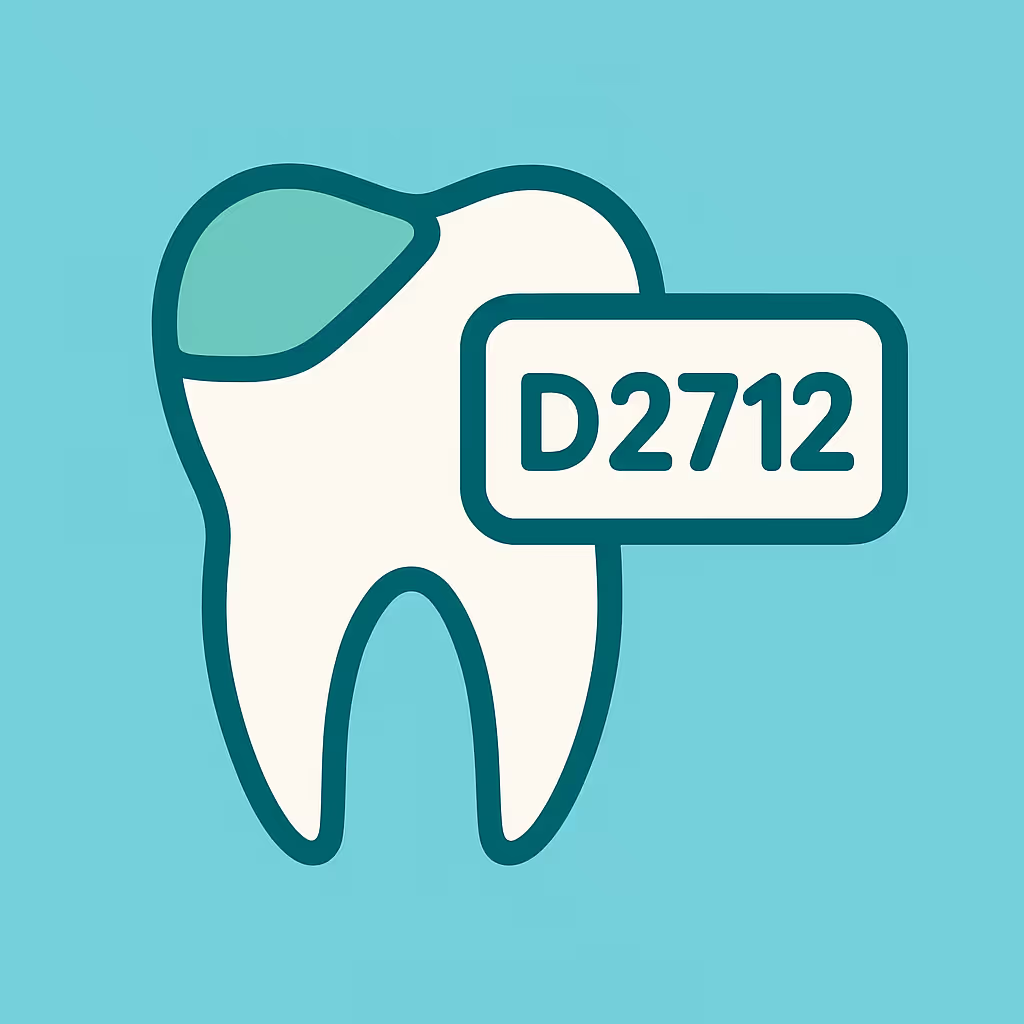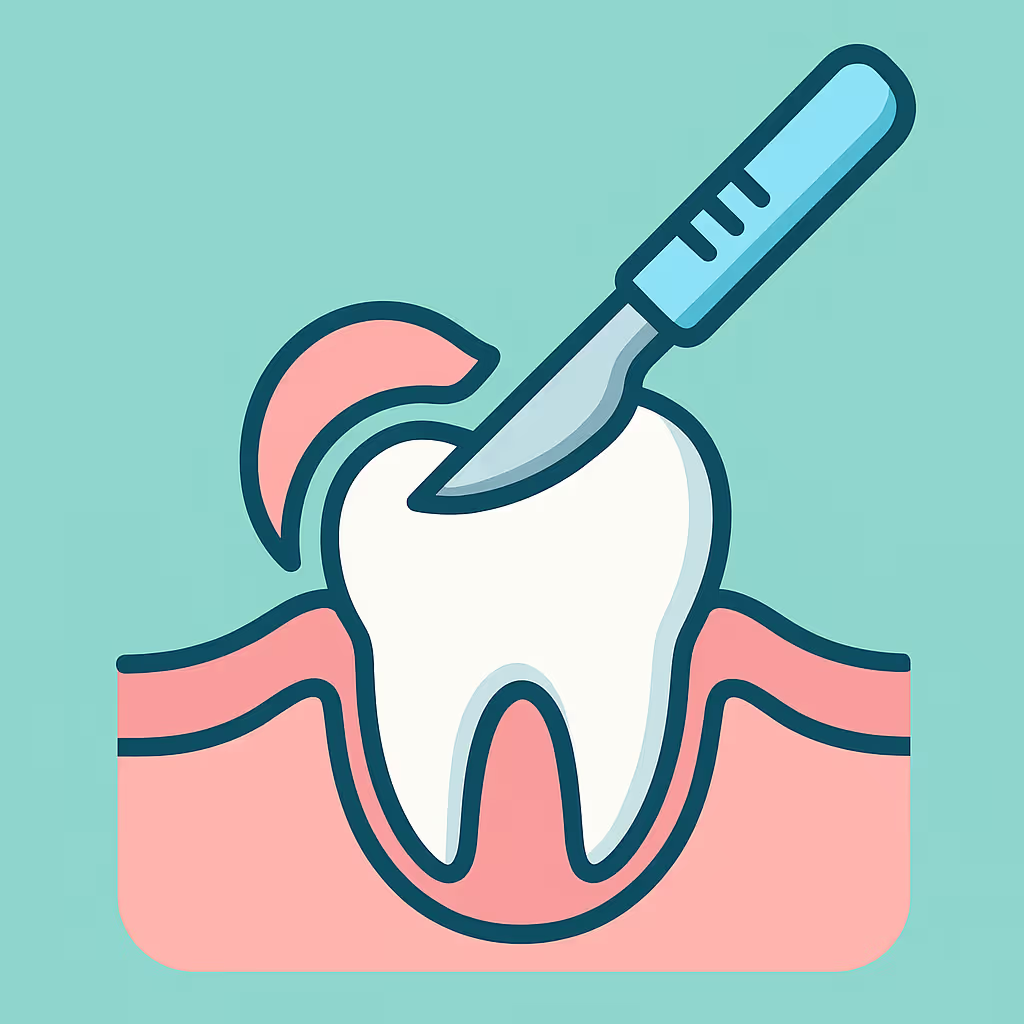Understanding Dental Code D2740
When to Use D2740 dental code
The D2740 dental code is designated for a crown—specifically, a crown made of porcelain or ceramic substrate. This CDT code is used when a tooth requires full coverage due to extensive decay, fracture, or after root canal therapy, and when a porcelain or ceramic material is the restorative choice. D2740 should not be used for crowns made of other materials, such as full cast metal or porcelain fused to metal; those have their own specific codes. Proper code selection ensures accurate claims and minimizes denials.
Documentation and Clinical Scenarios
Accurate documentation is essential for successful reimbursement under D2740. Clinical notes should clearly state the reason for the crown (e.g., fractured cusp, large failing restoration, endodontically treated tooth), the material used, and any supporting radiographs or intraoral images. Common clinical scenarios include:
- A molar with a fractured cusp and significant loss of tooth structure, requiring a porcelain crown for strength and esthetics.
- Anterior teeth with large, failing composite restorations where a full-coverage ceramic crown is indicated.
- Post-root canal teeth where a full-coverage, non-metallic crown is preferred for esthetic reasons.
Always include pre-op and post-op images, detailed chart notes, and radiographs in the patient record to support the necessity of the procedure.
Insurance Billing Tips
To maximize reimbursement and minimize delays, follow these best practices when billing D2740:
- Verify coverage: Before treatment, confirm the patient’s insurance benefits for crowns, frequency limitations, and material restrictions.
- Submit comprehensive documentation: Attach clinical notes, radiographs, and intraoral photos to your claim. Clearly indicate why a full-coverage porcelain/ceramic crown is necessary.
- Use correct narratives: Provide a concise narrative explaining the clinical need (e.g., “Tooth #14 has a fractured cusp with insufficient remaining structure for a direct restoration. Porcelain crown indicated for durability and esthetics.”)
- Monitor EOBs: Review Explanation of Benefits statements for denial reasons. If denied, appeal promptly with additional documentation or clarification.
- Know related codes: If another type of crown is used, reference the correct code, such as porcelain fused to high noble metal crown or full cast high noble metal crown.
Example Case for D2740
Case: A 38-year-old patient presents with a fractured upper left first molar (tooth #14). The tooth has a large, failing composite restoration and a recent root canal. After discussing restorative options, the patient and dentist agree on a full-coverage porcelain crown for optimal strength and appearance.
Billing steps:
- Verify insurance benefits for porcelain crowns and check frequency limitations.
- Document the clinical findings, including fracture, restoration failure, and endodontic treatment, in the patient’s chart.
- Take and save pre-op radiographs and intraoral images.
- Submit the claim with D2740, attaching all supporting documentation and a clear narrative.
- Track the claim status and respond promptly to any requests for additional information or appeals.
Following these steps helps ensure timely reimbursement and reduces the risk of claim denials for D2740.





